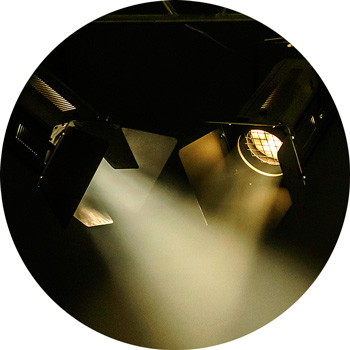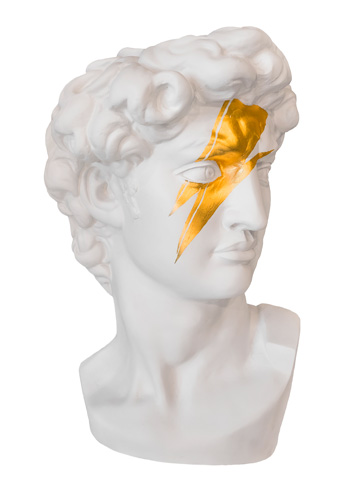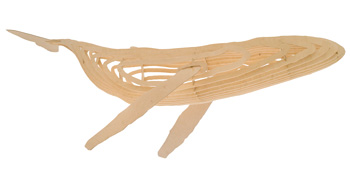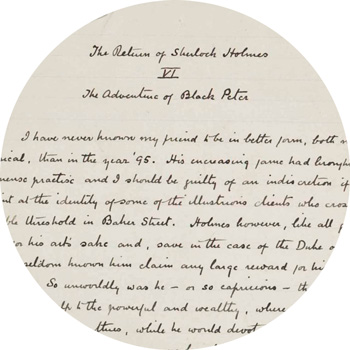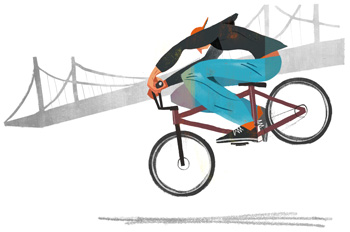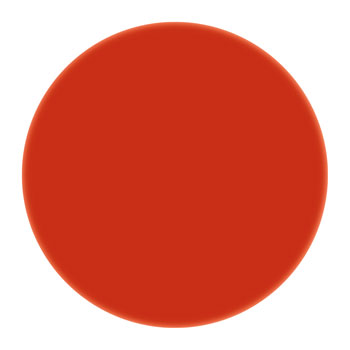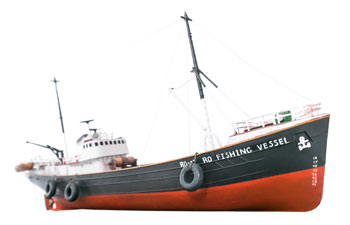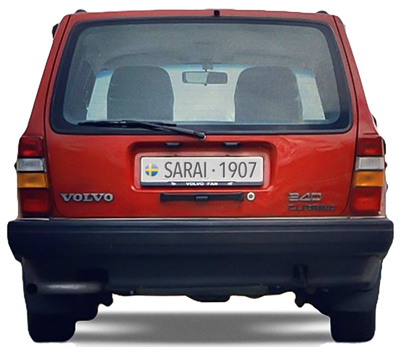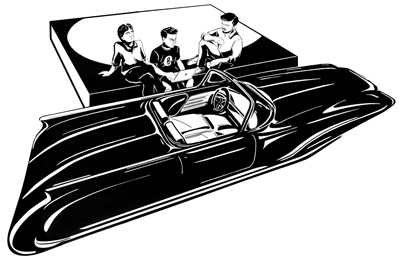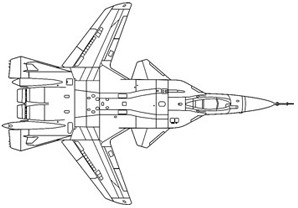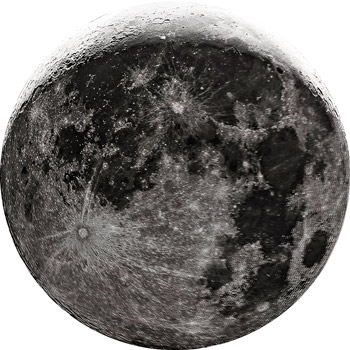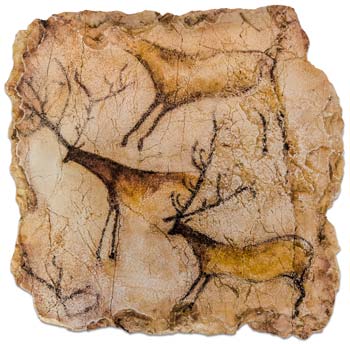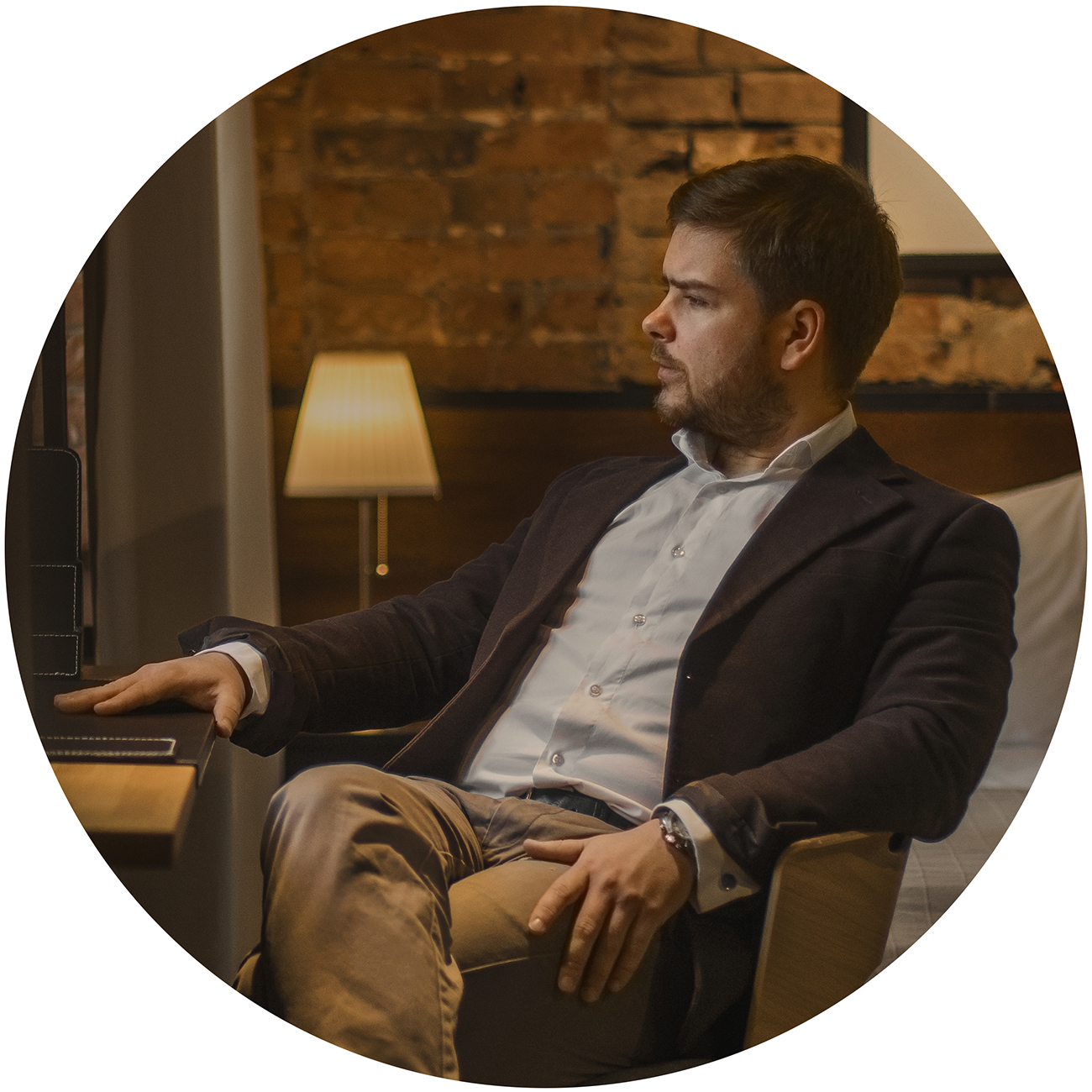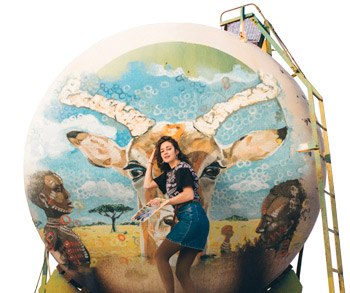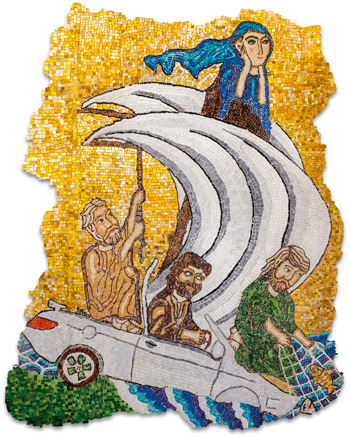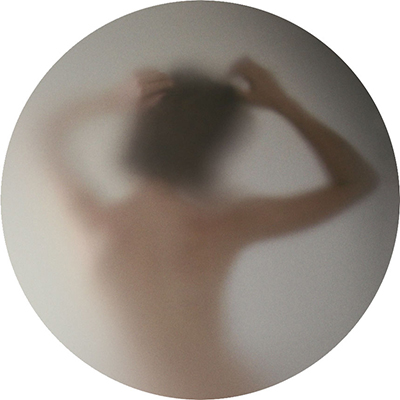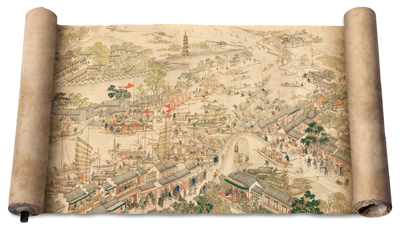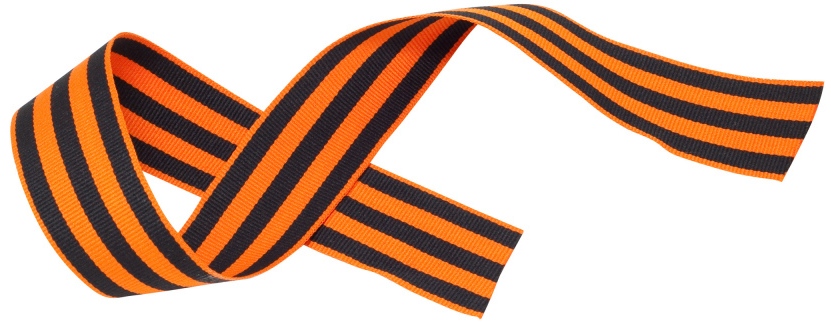The “Bauhaus” studio is inspired by the eponymous school which arose in the early twentieth century in Germany in the city of Weimar and is well-known thanks to the fact that its existence caused a real revolution in the world of architecture, art and design. The main idea of Bauhaus as a doctrine is to avoid excessive decoration, it’s all about extreme simplicity in objects, creation and maximum functionality. In fact, the founders of Bauhaus set a trend throughout the industrial design era. The studio is based on the same postulates, namely : a minimalist space rich with functionality and logic. “Bauhaus” is the most “mature” and stylish studio of Mama Ro; all the elements in it, furniture, doors, flooring, lighting, even the models of machines, are the original stories gathered under one roof and forming a single product.
“If in composing a form, heart and hand become one,
this form will become the expression of intellectual, spiritual content.
If this form is able to convey this content to the viewer,
it will have the impact of a work of art.”
Johannes Itten

Hi, my name is Volodya Nizovtsev,
I’ll tell you how I searched for inspiration
in my remote childhood by studying my own
habits and “loves”, how I tried to create
a symbiosis of natural harmony with the mate-
rial functionality and convenience, and how
the Bauhaus studio was born from all of this.
Instead
of a Preface
Since childhood I have been attracted to a variety of harmonies. Whether it’s a visit to a clinic or hiking in a park with parents, a long (that time it seemed to me a world tour) trip to a rented countryside house by car with a rose in a glass crowning the lever of a switch box or just a haircut in a barber shop: in all circumstances I have always tried to find the combination which would soothe the eye in the visual things surrounded me. I would combine doorposts of a hospital corridor in perspective so that they are lined up in a rhythmic composition, I would find a viewing point where the trees that seemed to have been planted randomly revealed a complex composition of the gardener’s idea. I would be immensely happy when raindrops on the windshield of the car one by one were changing into the likeness of the river bed. I would even find a system in cut hair that was randomly lying on the floor.
To some it may seem that that way a banal desire for order has formed in me, but later, when I discovered the art of photography, it became obvious to me a completely different interpretation of my children’s search for harmony: that was my relationship with the world around me and through love of this hidden poetry I opened its omnipresent beauty …
The images of harmony that previously I could only picture in my own imagination, I gained access to the material world through photos.
Mastery
One day, when making the usual school creative project, I chose a design theme. As a teenager and a hundred-per-cent humanist, I didn’t really spend time on understanding what “design” was, I was just attracted to everything that was connected with the process of creation. When I went deep in search of information, I came across a phrase of Walter Gropius, one of the founding fathers of the world-famous Bauhaus school, “design is neither an intellectual nor a material affair, but simply an integral part of the stuff of life, necessary for everyone in a civilized society”. It turns out that I wasn’t wrong when didn’t apply a strict classification to the design creation processes! Being impressed by the capacity and ease of expression, I built a project around it and told my classmates and teachers about design as an utilitarian and important exercise with the example of a simple chair, the object whose function is so simple that to come up with an original shape for it is a task comparable only with the re-invention of the wheel. You need to rework its form and keep all of its original qualities. This is mastery!
“Design begins with determining the need, with the task that the object and space need to perform. Only then the function will direct itself in the right direction helping decorate itself” – this way I formulated the global challenge of the future original studio for myself.
The Bauhaus School
The Bauhaus School (bau – «to build», haus – «house»), which arose in the German Weimar in the years between the two world wars, set a clear and at the same time an ambitious goal: to understand the rules that the architecture is based on, which covers all manifestations of life and dictates the logic and aesthetics of private and public spaces.
Already in the first years of work the school declared itself as a place changing not only the common architecture, but also the whole design; there, students studied step by step the theory, materials and work with them, the rules and regulations applicable to creation.
Despite the clear structure of the educational process, students had at their disposal the tools and together with them the creative freedom to create something truly new, beyond stylistic canons, guided solely by the dictates of the heart.
“If in composing a form, heart and hand become one, this form will become the expression of intellectual, spiritual content. If this form is able to convey this content to the viewer, it will have the impact of a work of art.” – Johannes Itten

Better than
a Blank Slate
My dad would often repeat a quote by someone great when creating font compositions: “The result should be better than a clean slate”. When I was looking at his work, I very clearly understood that this quote meant something much more than simple words and was a wonderful introduction to the creative process from my father. It was a foundation of beauty, a filter that helped filter out stale ideas.
When I was setting the tasks of the future studio more specifically, I decided to start with the basic necessities – a piece of furniture which you can sit on. I unconsciously got back to my school thoughts on design and challenged myself: will I be able to come up with a chair of a new shape that corresponds to my understanding of aesthetic, but not at the expense of its content and direct function?
Thus, being careful and not quite confident, inspired by the ideas of the German industrial design, I started to study the creation of my own harmonies that I had admired and imprinted in the photos…

Chess for Odin
Having on hand a couple of schematic drawings and not one accurate size, I asked for advice and help from a true joinery master, Kostya Semenov.
Buckwheat, this is how Kostya is called by his friends and acquaintances thanks to his red beard and a freckled face. After a couple of words about the future furniture, he cut me short: “We have to start to do already!” Literally ready to go to the workshop, Kostya interrupted himself with almost a rhetorical question: “But what of? – and literally in a second he answered it himself: – Well, of ash tree, of course! “. Such an unequivocal confidence didn’t leave me a chance to question the choice of Kosty.
Flexibility combined with strength and hardness, the qualities for which Kostya chose ash wood, have been valued since ancient times: ash tree was the weapons basis for soldiers of all generations. The cudgel handle made of ash perfectly damps a blow and does not overload the joints, the bow’s arc allows to pull the string at maximum and, thus, to shoot accurately and on, and the ashen spearstaff is so solid that it will break when in direct collision with enemy armor.
Inspired by the exciting breadth of ash, I found another description from the ancient times and was amazed at how gracefully it works with the idea of the future studio, as well as the region and the origin of the legend: the mythical world tree Yggdrasil in the Norse mythology is the world tree, a giant ash tree, the Scandinavians imagined it as the universe with different worlds on its branches. The Bauhaus studio is a small closed world where the ash branches turned into pieces of furniture, and the worlds into the spaces-areas within a single interior-universe. Looks like a paraphrase, eh?!
The need to “do” instead of “thinking” which inspired Kostya very quickly bore fruit. The original chair, that was supposed to set a start of the interior, in the course of working with infinitely inspiring me ash tree has changed beyond recognition. But it kept one of its functions which was being a place to sit. Now, the chess couple has become the center of the studio, its counting point, almost like a sculptural composition. It is a transformer of the two semi-circular seatings, a round table and our original remake of the classic chessboard by Josef Hartwig.
It turned out even better than I expected. Inspired by the success of the creative process, we began to work on an idea without any fear to make the interior design, we based the concept from the furniture and let that lead us to the overall design…
Furniture
of 4800 Kilometers
Long.
Approximately
After the successful implementation of the chess couple it became clear that it wasn’t necessary to spend time on making up new furniture. The hands, the reliable guide for the heart, will prompt themselves. We just needed to determine the number and size of that future furniture. It was a very trivial task. We just had to spend one day with a tape-measure in the future studio in the dust of demolition work and the noise of drills, and it would be done.
The next day was the beginning of my long dotted journey – Moscow – workshop in Kratovo – Moscow. I made this journey exactly 120 times, and its total length was 4800 kilometers. During this time, I read a few favorite books, admired different audience around me, thoroughly explored all types of local train cars and the number of seen and photographed behind-the-window could become an album titled “120 kinds of trains”. Whenever the train lazily went out from under the towering arches of the roof of the Kazansky railway terminal the heart inexplicably fluttered. 40 kilometers from Moscow seemed to me almost a mission to the moon, and every time to a new one.
Six months in a row I traveled to the ash tree’s universe, wandered in the expanses of the mind and simply lived the idea. Once the road was over. The finest dispersion of a varnish fell on the arm of a chair with the last wave of the airbrush, compressor’s noise ceased and it was possible to gently, “shouting in a whisper” in order not to raise dust, exclaim: “Done!”
4800 kilometers of furniture or four bar stools, almost proportions of the Rietveld’s kitchen, a wall/table-fireplace, a coffee table with a secret compartment, a sofa-library (the collection mastodon weighing more than 300 kilos!), all kinds of shelves, a wardrobe-portal through which guests get to the bathroom, and, of course, the chess pair.
The analogy of the travel to Kratovo with traveling into space isn’t only based purely on impression but has a quite real chemical basis. Due to the large amounts of iron in Kratovo’s water, it has a very distinctive metallic taste and a special color – a kind of Martian red. One of the inhabitants calls the city “Craterovo” because of this fun feature…
Primordial Material
The classes in the Bauhaus school, as I wrote above, are based on practice in large workshops. During these classes teachers explain where and how the material is appropriate to use and its main features. Such an attitude towards the practical use of material features is one of the main strengths of the industrial design. It is the rationalization of the entire creation process.
Irrespective of the Bauhaus classes, I like undecorated stuff where primordial material is visible. During the work on the studio I didn’t notice for a long time the fact that I transferred this love for contemplation “clean” materials into the interior.
The Bauhaus is the only Mama Ro studio without open brick walls. In the course of the dismantling work in the future studio, the complexity of this work came to light: the outer wall was covered with a heavy-duty cement of “M900” brand for some reason. Since it was not possible to knock it down, we decided to ennoble it with a bit of polishing and varnish. Thanks to it, the smallest pores on the surface of the walls appeared, as wella as holes from nails and light rusty stains. The concrete has become a real piece of abstract art.
Wonders of
the Applied
Engineering
The frequent guest of Kratovo’s joiner’s shop, the author of the “Kraterovo” named Shurik who is a skillful hunter, an amazing interlocutor and talented welder; one day got vividly interested in our furniture of the Bauhaus studio. During the short conversation, I found out about absolutely astonishing possibilities of his workshop on metal, and, thus, the studio has acquired another talent who enriched the interior: thanks to Shurik we were able to make a soaring second tier hanging over the chess couple, a cantilever staircase and an absolutely stunning “antigravity” bar…

The Book of
Talents instead
of an Epilogue
We can can endlessly talk about the ideas that appeared and implemented in the course of work on the studio, such as chandelier of Edison’s light bulbs that floods the studio with the light of the setting sun, the amazing electric fireplace at the foot of the cinema screen, the little cars on the book shelves and the books themselves, the glass window sills and even the black paint on the walls in the bedroom area “swallowing” almost all the falling onto it light – all these is worthy of its own separate story.
Any original work is akin to a fractal. When getting absorbed in a subject, you will inevitably get in ten contiguous ones. When returning to the beginning, you will for sure turn at a different place and will meet along the way people as much obsessed as you are, willing and passionately eager to create.
And who knows, maybe Itten was absolutely right when he said that “children in their natural lack of inhibition are capable of composing”. And I, having found those who helped in the realization of the studio ideas and relied on their experience and skills, was able to let go the need of ideas and simply found myself as a child again and absorbed in the “search for” harmony and happiness of creation.
The Bauhaus Studio is an encrypted book of talents where every corner is an independent novel about its creation and the creator.
Welcome!
Share:
Read about this
studio sibling on
the Tree of Legends:


